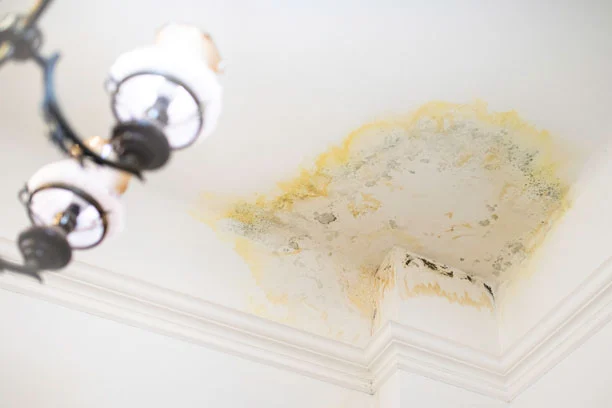Money Pit Red Flags: What to Look for in a Home Inspection


After months of house hunting, you’ve finally found the perfect house. You’re ready to pay the down payment, sign your papers and turn your new key in the front door. However, when you’re buying a new home, it’s a good idea to have a home inspection before you close the deal.
A home inspection can help you spot little things you might want to take care of, like a window that sticks or a faucet that drips. It may also help ensure you’re not investing in a money pit. From improper ventilation to roof issues, there are several things to look for in a home inspection that could be big expenses for a homeowner.
There’s no definitive list of things that fail a home inspection. Every home is different. A low-priced fixer-upper will almost certainly have more issues than a newly built home. Knowing what types of expenses you might face as a homeowner can help you decide when to walk away after a home inspection.
When shopping for a new home, look for these common findings that appear in home inspection reports and learn how to avoid repairs that can cost you.
Your roof is your main line of defense against rain and snow — it protects your home from the elements. Before you buy a home, you’ll want to know how old the roof is and search for any potential leaks or issues that might need maintenance or repair. You should also ask if the roof is covered under a warranty and if that warranty transfers to a new owner.
Your home inspector will likely be able to tell you the age and material type of the roof and point out any issues. For example, they might find missing shingles, signs of leaks or evidence of hail damage. A poorly maintained or leaky roof is a common home inspection finding that can lead to serious trouble — and money — down the road.
A poor foundation can lead to water leaks in the basement, resulting in mold. Fixing foundation issues is costly, so make sure your home inspector takes a thorough look at it before you finalize an agreement. Have them point out and document any concerns.
Generally, if you find any cracks wider than the width of your pinkie nail, it’s a money pit red flag. Your inspector should also check all other hard-surface floors and drywall for cracks and signs of structural damage.
If you smell musty odors or the air seems dank, you could be dealing with mold or mildew. Those issues often stem from improper ventilation. But mold problems aren’t always easy to detect, so it’s a good idea to have a professional inspection.
Your home inspector should check for signs of mold around air conditioners, windows and cellar floors during your home inspection. Mold can also appear in poorly ventilated kitchens and bathrooms and inside walls if there’s been flooding or leaks.
Paying for mold remediation can be expensive, but mold needs to be removed. It can damage the structure of the home and trigger allergies and other health problems.
Make sure your new dream home isn’t also home to termites or other pests. Your home inspector will look for signs of an infestation, such as piles of discarded wings, mud tubes near the house’s foundation and cracked or bubbling paint in certain areas of the home.
Unfortunately, termite activity isn’t always easy to detect at some times of the year. Ask your home inspector if it’s possible that there could be termite activity that you can’t spot.
If the inspection uncovers termites, getting rid of them is just the first step. If you buy the property, you’ll also need to repair any damage that’s discovered during your inspection, which could set you back thousands of dollars.
Unsightly brown circles on the ceiling or trickling brown lines down a wall could be a big money pit red flag. If you find water stains during your home inspection, this might be a sign of a major roof leak, which can be very costly to repair.
You’ll also want to check for water lines on basement walls — this could be a sign of flooding.
These aren’t the only problems that could show up in a home inspection. Major issues with the HVAC system, furnace, water heater or other appliances are other common red flags that show up during inspections. For a better idea of what your home inspector should be looking for, take a look at this buyer home inspection checklist used by the U.S Department of Housing and Urban Development.
At Farm Bureau, we know that a home is more than a roof over your head. It’s an investment, a place to make memories and a central place in your family’s life. For questions about how to protect your home and the other things that matter most to you, contact your Farm Bureau agent.